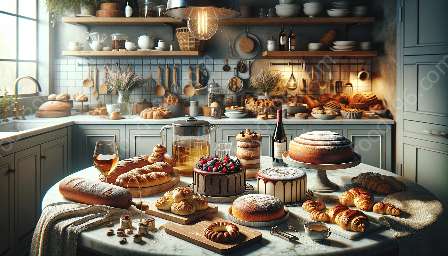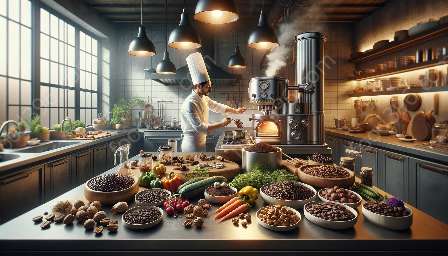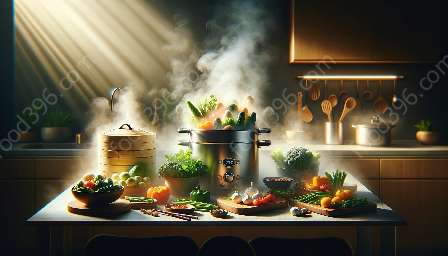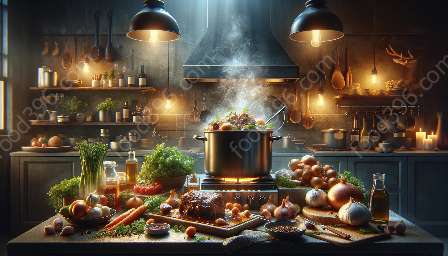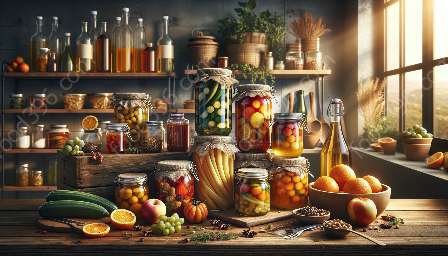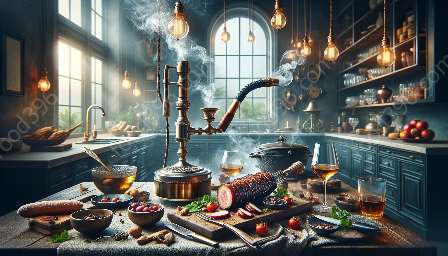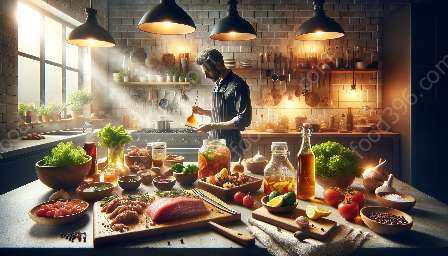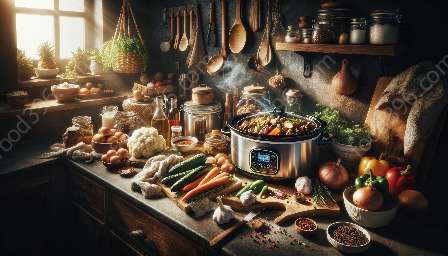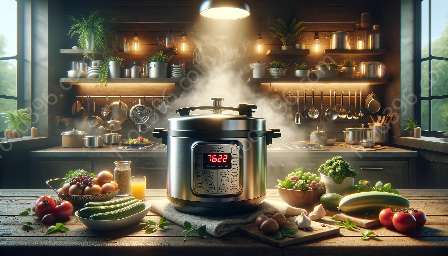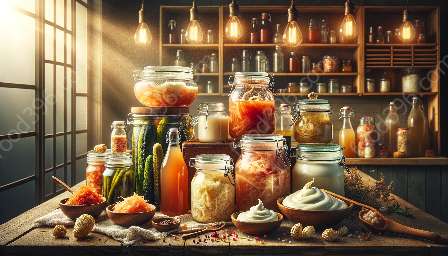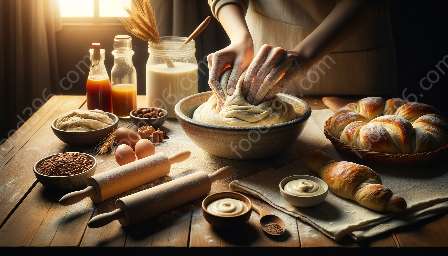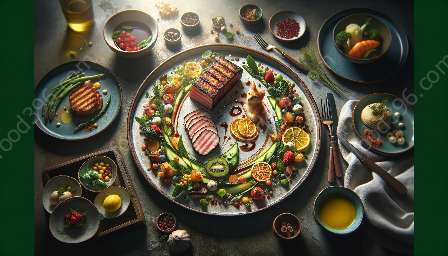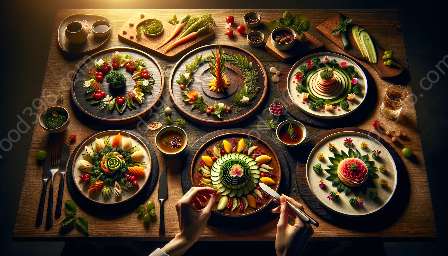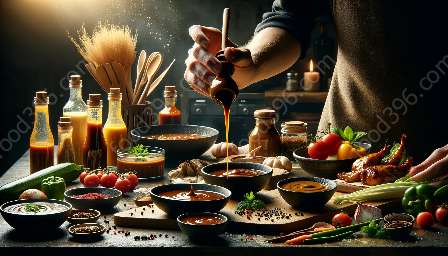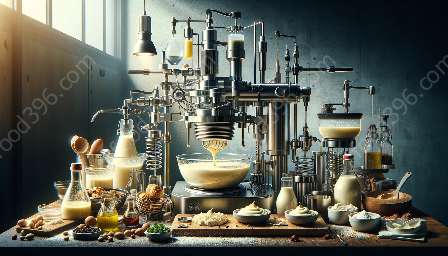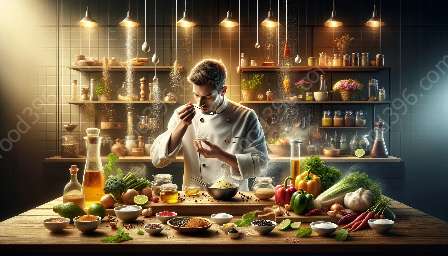When it comes to creating a memorable dining experience, food presentation is just as important as food preparation. From plating and garnishing to styling and serving, the way a dish is presented can elevate it from mere sustenance to a work of art.
Understanding Food Presentation
Food presentation encompasses a range of techniques that go beyond simply arranging food on a plate. It involves creating visually appealing and appetizing presentations that stimulate the senses and enhance the overall dining experience.
Plating Techniques
Plating is the foundation of food presentation. It involves arranging and positioning food on a plate to showcase its colors, textures, and shapes. Common plating techniques include stacking, layering, and using negative space to create balance and visual interest.
Garnishing and Styling
Garnishes play a key role in food presentation, adding pops of color, texture, and flavor to a dish. From herb sprigs and edible flowers to artistic sauce swirls, garnishes can elevate the visual appeal of a plate. Styling involves considering the overall look and feel of a dish, including the use of props, table settings, and serving vessels to enhance the presentation.
Connection to Food Preparation
Food presentation is closely connected to food preparation techniques. Chefs use their culinary skills not only to cook and flavor food but also to create visually stunning presentations. Techniques such as knife skills, sauce drizzling, and precision plating all play a role in elevating the visual appeal of a dish.
Enhancing the Dining Experience
Ultimately, food presentation is about creating an experience for the diner. Through thoughtful plating, garnishing, and styling, chefs can captivate diners before the first bite, setting the stage for an unforgettable meal.
Food Presentation and Culinary Artistry
As the saying goes, we eat with our eyes first. This holds true in the world of culinary artistry, where food presentation is an integral part of the creative process. Chefs often view the plate as a canvas, using techniques borrowed from painting, sculpture, and design to bring their culinary visions to life.
The Role of Color and Texture
Color and texture are essential elements in food presentation. Chefs carefully consider the balance of colors on a plate, using vibrant vegetables, colorful sauces, and contrasting garnishes to create visual interest. Texture comes into play through the use of crunchy, crispy, and creamy components that add depth to the overall presentation.
Balancing Flavors and Visuals
Food presentation is not just about looks—it also influences the perception of flavor. By strategically arranging different components on a plate, chefs can guide diners through a sensory journey, balancing flavors and textures while creating a visually appetizing composition.
The Impact of Presentation on Perception
A well-presented dish can elevate the perceived value of a meal, making it more desirable and luxurious in the eyes of the diner. This can enhance the overall dining experience and leave a lasting impression.
Integrating Food Presentation with Food Preparation
Food presentation and food preparation are interconnected, with each influencing the other to create a harmonious dining experience. The following are the key aspects of this relationship:
- Technique Selection: Chefs choose specific food preparation techniques based on how they intend to present the dish. For example, vegetables might be sliced or julienned differently to create varied visual effects.
- Flavor Pairing: Ingredients are not only selected for their taste but also for their visual appeal. Colorful and complementary ingredients are chosen to create visually stunning dishes.
- Artistic Expression: Food preparation becomes an art form, where chefs utilize their creativity to craft visually striking presentations. Knife skills, mold shaping, and sauce artistry are just a few examples of how food preparation techniques influence presentation.
Conclusion
Food presentation techniques are not just about making food look pretty—they are an essential part of the dining experience. From plating to garnishing, the art of food presentation involves creativity, skill, and an understanding of how visual appeal enhances the enjoyment of a meal. By integrating food presentation with food preparation, chefs can create memorable culinary experiences that engage all the senses.
